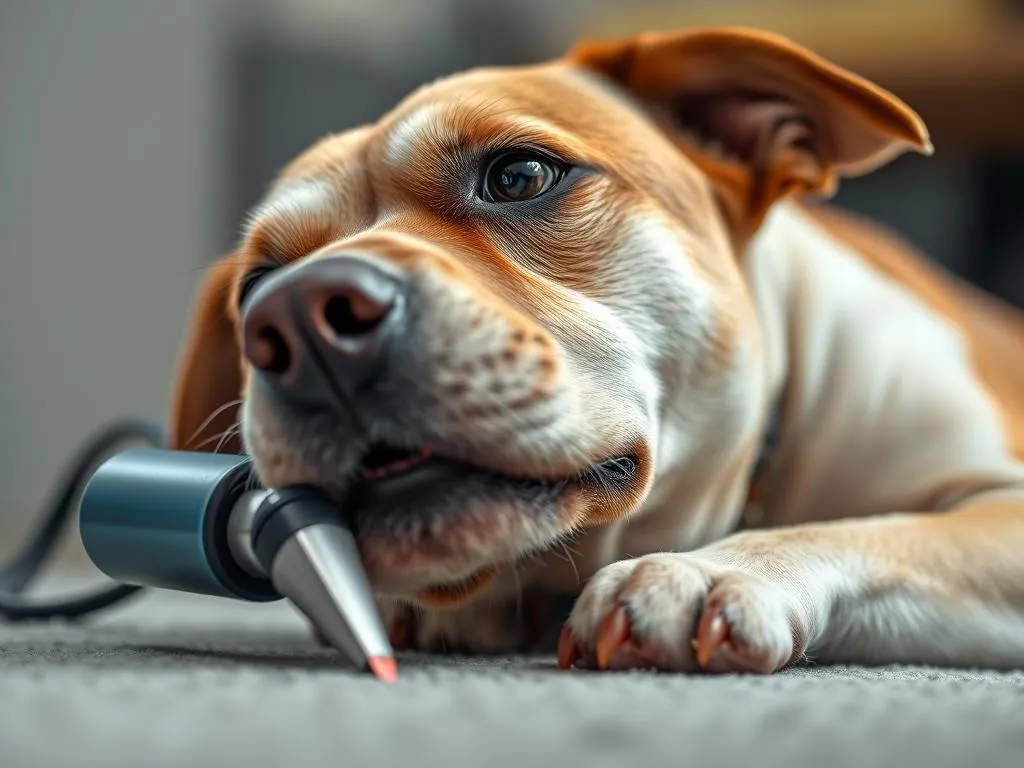
Introduction
Importance of Dog Grooming
Grooming is an essential aspect of dog health that goes beyond just aesthetics. Regular grooming helps maintain a dog’s overall well-being by preventing skin issues, promoting healthy coats, and ensuring proper hygiene. One critical part of grooming is nail care, which can significantly impact your dog’s health and comfort.
Focus on Nail Care Tools
When it comes to maintaining your dog’s nails, two primary tools are prevalent: dog nail grinders and clippers. Both have their unique advantages and disadvantages, and understanding these can help you make an informed decision about which tool is best for your furry friend.
Understanding Dog Nail Health
Importance of Nail Care
Neglecting nail trimming can lead to various health problems for your dog. Overgrown nails can cause pain, limit mobility, and even lead to infections. Dogs rely on their nails for balance and traction, so keeping them trimmed is crucial for their active lifestyle. Long nails can also cause discomfort when walking, leading to behavioral issues and reluctance to engage in physical activities.
Anatomy of Dog Nails
To understand why nail care is essential, it’s helpful to know the anatomy of dog nails. Dog nails consist of the hard outer shell (the claw) and the inner part known as the quick, which houses blood vessels and nerves. As nails grow, they often follow a specific growth pattern, and it’s vital to recognize when they need trimming. Signs include clicking sounds on hard surfaces, visible overgrowth, and difficulty walking.
Overview of Nail Trimming Tools
Nail Clippers
Types of Nail Clippers
There are several types of nail clippers available:
- Scissor-style: Resembling scissors, these clippers are suitable for all breeds and are easy to control.
- Guillotine-style: These clippers feature a hole where the nail is inserted and a blade that cuts as a lever is pressed. They are generally less popular but can be effective for smaller breeds.
- Electric clippers: These are powered tools that make the trimming process quicker and easier, especially for dogs with thick nails.
How to Use Nail Clippers
Using nail clippers correctly is vital for your dog’s safety. Here’s a step-by-step guide:
- Choose the Right Clipper: Select a clipper suitable for your dog’s size and nail thickness.
- Prepare Your Dog: Calm your dog with gentle petting and rewards.
- Position the Clipper: Hold your dog’s paw firmly and position the clipper at a 45-degree angle.
- Cut the Nail: Avoid cutting into the quick by only trimming the transparent tip of the nail.
- Reward Your Dog: Offer praise or treats after each successful cut to create a positive experience.
Nail Grinders
Types of Nail Grinders
Nail grinders come in two main varieties:
- Electric grinders: These are powered by electricity and offer a consistent grinding motion.
- Battery-operated grinders: These are portable and convenient for on-the-go grooming.
How to Use Nail Grinders
Using a nail grinder can be a bit different from clippers. Follow these steps for effective use:
- Select the Right Grinder: Choose a grinder that matches your dog’s nail size and thickness.
- Prepare Your Dog: Just like with clippers, calming your dog is essential.
- Introduce the Grinder: Turn on the grinder and let your dog sniff it to reduce anxiety.
- Grind the Nail: Hold the paw steady and grind the nail slowly, avoiding the quick.
- Take Breaks: If your dog seems uncomfortable, take breaks and offer treats.
Dog Nail Grinder vs Clipper
Pros and Cons of Nail Clippers
Pros
- Speed and Efficiency: Nail clippers can quickly trim nails, making them ideal for dogs that don’t enjoy the grooming process.
- Accessibility and Affordability: Nail clippers are generally easy to find and budget-friendly, making them a popular choice among dog owners.
Cons
- Risk of Splitting Nails: If not used correctly, clippers can split nails, leading to pain and discomfort.
- Difficulty with Anxious Dogs: Dogs that are anxious or fidgety may find the clipping process stressful, making it harder for owners to trim their nails effectively.
Pros and Cons of Nail Grinders
Pros
- Smoother Finish: Nail grinders provide a smoother finish compared to clippers, reducing the risk of splitting.
- Easier on Anxious Dogs: Many dogs find the grinding process less stressful, as it is generally quieter and less invasive than clippers.
Cons
- Longer Process: Grinding nails can take more time than clipping, especially if your dog is not accustomed to it.
- Need for Charging or Batteries: Electric grinders require power, which can be an inconvenience if they run out of charge during grooming.
Comparison Chart
| Feature | Nail Clippers | Nail Grinders |
|---|---|---|
| Speed | Fast | Slower |
| Finish | Sharp edges | Smooth edges |
| Noise | Moderate noise | Low noise |
| Risk of Splitting | Yes | Minimal |
| Ideal for Anxious Dogs | Not recommended | Highly recommended |
| Accessibility | Widely available | Available but less common |
Choosing the Right Tool for Your Dog
Factors to Consider
When deciding between a dog nail grinder and a clipper, consider the following factors:
- Dog Size and Breed: Small dogs may be better suited for clippers, while larger breeds may benefit from grinders.
- Nail Thickness and Sensitivity: Dogs with thick or tough nails may require a grinder for a smoother finish.
- Dog Temperament and Grooming Experience: Anxious dogs might adapt better to grinders, while those accustomed to grooming may handle clippers easily.
Recommendations Based on Dog Type
- Small Breeds: Nail clippers, particularly scissor-style, are usually effective for small breeds due to their manageable nail size.
- Medium Breeds: Both clippers and grinders can work well; choose based on your dog’s comfort level.
- Large Breeds: Nail grinders can be beneficial for large breeds, as they can handle thicker nails more effectively.
Tips for Successful Nail Care
Preparing Your Dog for Nail Trimming
To make the process smoother, use techniques to calm your dog. Create a comfortable environment, and consider using treats to create positive associations. Spend time playing with your dog’s paws to desensitize them to touch.
Best Practices for Nail Trimming
Regular nail trimming is essential, with most dogs requiring a trim every 3-4 weeks. Seasonal changes can affect nail growth; for example, dogs that spend more time indoors may require more frequent trims due to less natural wear.
Aftercare for Nail Trimming
After trimming, check your dog’s nails for any signs of distress or injury. Clean the nails to remove any dust or debris and monitor for signs of discomfort. If you notice any bleeding or swelling, consult your veterinarian for advice.
Conclusion
Maintaining your dog’s nail health is a crucial part of their overall grooming routine. Whether you opt for a dog nail grinder or clipper, understanding the benefits and drawbacks of each tool will help you make the best choice for your furry friend. Prioritize regular nail care, and your dog will thank you with comfort and mobility.
FAQs
Common Questions About Nail Care
How often should I trim my dog’s nails?
Most dogs should have their nails trimmed every 3-4 weeks, but this can vary based on individual needs and lifestyle.
Can I use human nail clippers on my dog?
It’s not recommended to use human nail clippers, as they may not be suitable for your dog’s nail structure and can cause injury.
What should I do if I accidentally cut the quick?
If you accidentally cut the quick, apply styptic powder or cornstarch to stop the bleeding and soothe the area. If the bleeding doesn’t stop, consult your veterinarian.
Are grinders better for anxious dogs?
Yes, many anxious dogs respond better to grinders, as they are quieter and provide a less invasive experience compared to clippers.
Choosing the right tool for your dog’s nail care is essential for promoting their health and comfort. Prioritize their grooming needs, and ensure they enjoy the process!









